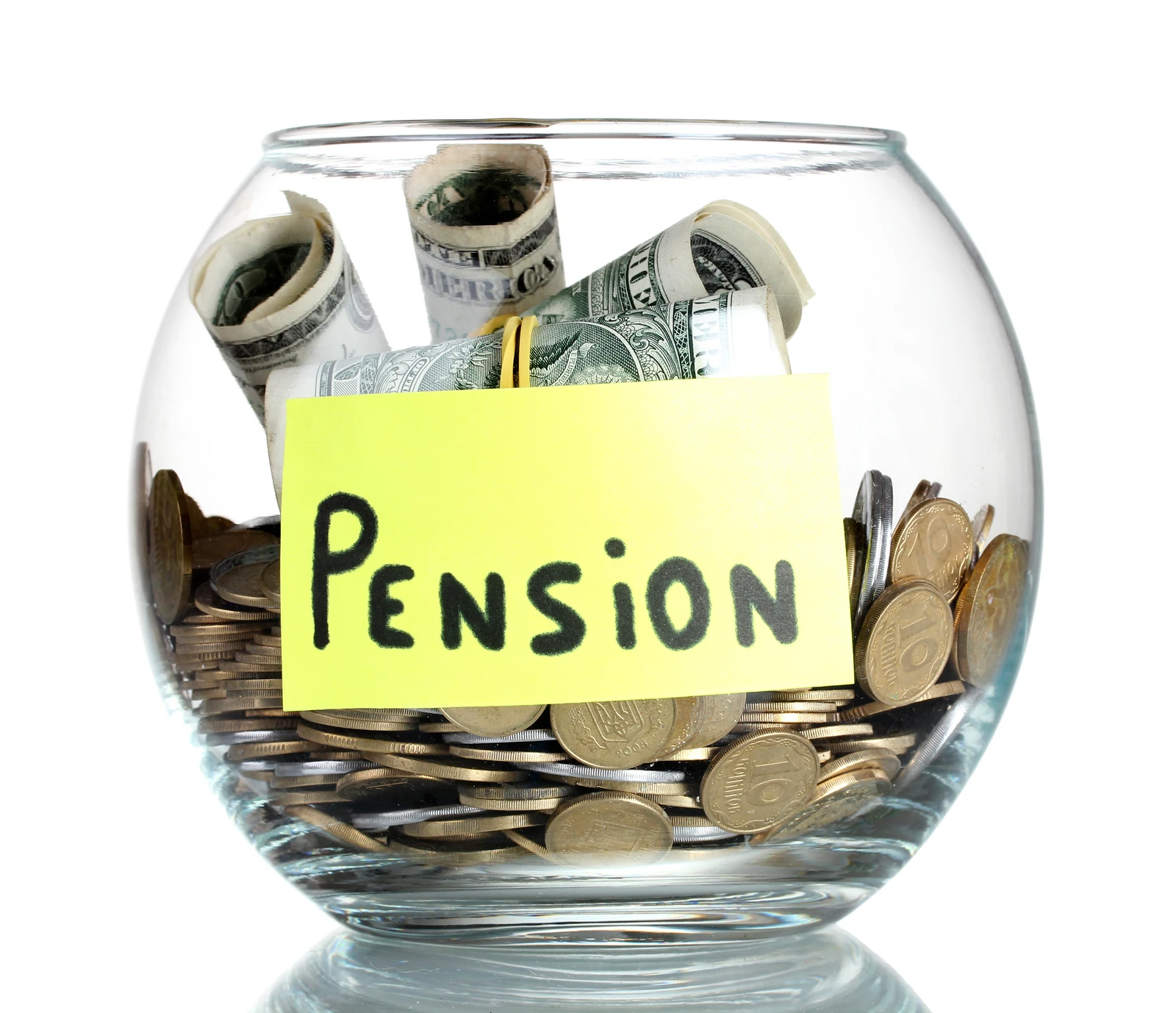What is Inheritance Tax?
Understanding the basics of Inheritance Tax is crucial for anyone planning on leaving a legacy. Understanding the nuances of IHT can help minimise inheritance tax liabilities and maximise the legacy left behind. This is a short guide which covers the basics of inheritance tax, its reliefs, exemptions, and lifetime gifts. Simply, Inheritance Tax is a tax on the estate (property, money, and possessions) of someone who has died. In the UK, IHT is charged at 40% on estates valued above the tax-free threshold, known as the Nil Rate Band (NRB), which is currently £325,000.
Inheritance Tax Exemptions
There are several exemptions which allow you to transfer part of your estate without the gift being subject to Inheritance Tax.
- Spouse or Civil Partner Exemption: Transfers between spouses or civil partners are exempt from IHT, regardless of the amount.
- Annual Exemption: Individuals can give away up to £3,000 each tax year as an exempt gift.
- Small Gifts Exemption: Up to £250 per person per year can be given away to any number of people.
- Wedding or Civil Partnership Gifts: Parents can gift £5,000, grandparents can gift £2,500, and anyone else can gift £1,000 tax-free for a wedding or civil partnership.
- Regular Gifts Out of Income: Gifts made from surplus income (after all living expenses have been covered) are exempt, provided they do not reduce the donor’s standard of living.
Inheritance Tax Reliefs
Furthermore, there are several reliefs that allow you to reduce the amount of IHT payable on your estate:
- Nil Rate Band: Each individual has use of their £325,000 Nil Rate Band. This is the amount of your estate that can be passed onto your beneficiaries free from inheritance tax. Effectively, married couples have an allowance of £650,000 between them.
- Residence Nil Rate Band (RNRB): This additional threshold is available if a home is passed to direct descendants (children or grandchildren). The RNRB is currently set at £175,000, potentially increasing the total tax-free threshold to £500,000 for individuals or £1,000,000 for married couples.
- Business Relief: Business assets can qualify for relief of either 50% or 100%, depending on the type of asset. This relief applies to sole traders, unincorporated businesses, and shares in unlisted companies.
- Agricultural Relief: Similar to business relief, agricultural property can qualify for 50% or 100% relief, depending on the type of property and its use.
- Charitable Donations: Any part of the estate left to a registered charity is exempt from IHT. Furthermore, if 10% or more of the net estate is left to charity, the IHT rate on the rest of the estate can be reduced to 36%.
Lifetime Gifts
Gifts made in an individuals lifetime can either be Potentially Exempt Transfers (PETs) or Chargeable Lifetime Transfers (CLTs):
- Potentially Exempt Transfers (PETs): Simply, a Potentially Exempt Transfer is a gift to another individual, bare trust or disabled trust which is not exempt. In order for the gift to fall outside of your estate you have to live for 7 years from the date of the gift. If the donor dies within seven years, the gift becomes chargeable and is included within your estate for inheritance tax purposes. Depending on the size of the gift and how long you survived since it was made, you may be able to benefit from Inheritance Tax Taper Relief.
- Chargeable Lifetime Transfers (CLTs): A Chargeable Lifetime Transfer is a gift that is not exempt or potentially exempt. The most common CLTs are gifts into certain types of trust such as a discretionary trust or interest in possession trust. Again, the donor needs to survive for 7 years from the date of the gift for it to fall outside their estate for inheritance tax purposes. If the total of all chargeable transfers in a 7 year period exceeds the nil rate band then there will be a 20% tax charge on the excess over the Nil Rate Band.
Conclusion
Understanding the basics of Inheritance Tax and structuring your affairs in a tax efficient way can help you to maximise the value of your estate that you can leave to your loved ones. As Chartered Financial Planners it is our role to assist clients in managing their estates to minimise IHT liabilities. If you would like to benefit from a no fee initial chat, then please get in touch via our Contact Us page.















